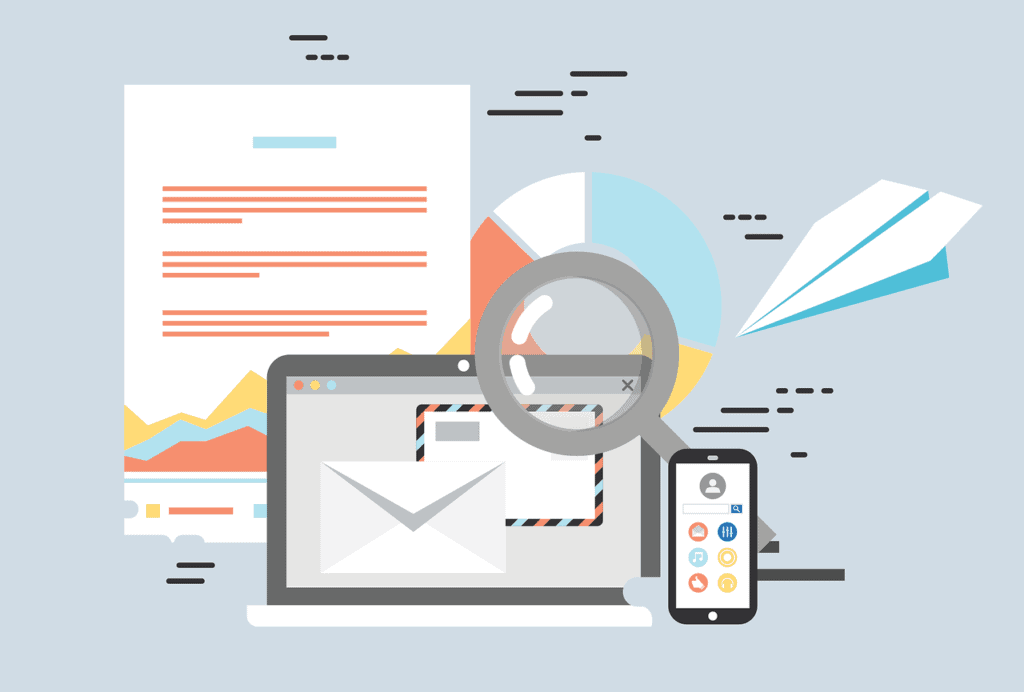
How and Why to Use Real Estate Drip Campaigns
Drip campaigns are known by many names—automated email campaigns, drip marketing, marketing automation, autoresponders, lifecycle emails. But the idea is the same with all of them. The purpose of email drip campaigns is to have a set of emails that get sent out automatically in a series when a certain action is taken by a lead.
Drip campaigns are used in every industry. For example, a person will sign up on a website to receive information about products and specials from a company. They will then receive an initial email and then emails at certain intervals for a specified time period thereafter. The trigger for an automated email campaign can be anything from signing up on a list to purchasing a product to attending an event to having a designated period of time pass since a previous purchase.
For real estate agents and teams, having multiple email drip campaigns for different types of clients is a must.
Real Estate Drip Campaigns
Buying and selling homes are the largest transactions that the vast majority of people will make in their lives. That means that most people will take some time building up to actually buying or selling or even finding an agent and starting the process. Your goal is to get those people in your sales funnel and nurture them so that when it comes time for them to start the process, they turn to you for help. You also want past clients to think of you when they’re ready for their next home transaction.
That means that you or your team need to stay top of mind. The best way to do that is to consistently put your brand in front of prospects and provide them with valuable information. Real estate drip campaigns help you build trust, establish yourself as an expert, and cultivate future business.
The question is, how do you get started?
The Nuts and Bolts of Real Estate Email Campaigns
Here are the basics of setting up a real estate email drip campaign before you actually start creating the content:
- Find a platform: The first thing you need to do is figure out a way to send emails. The good news for you is that in 2021 there is a very wide variety of options available. Many CRMs like Follow Up Boss or Real Geeks give you the ability to also send automated email campaigns. While other platforms like Mailchimp, constant contact, and SendGrid are more centered around email campaigns and can integrate with your CRM. There are many resources out there to help determine which is the best platform for your particular business and needs.
- Subdivide your audience: Once you get set up on a platform that lets you send email drip campaigns, the next step is to segment your audience. The most basic way to divide your leads is into buyers, sellers, past clients, and unresponsive or inactive clients. Once you segment your clients, leads, and prospects, you can then set up different campaigns for each group.
- Determine your send frequency: After segmenting, you can then determine how often to send out emails to each group. Frequency varies from company to company and the only way to really know what works best for you is to test out different lengths of time. Leads who are closer to buying or selling should receive emails more frequently than someone not ready to buy. For your active buyers and sellers you might want to send out multiple emails a week. For previous clients or people who want to wait to buy or sell, once a week or once every two weeks or even once a month might be sufficient.
What Type of Content to Use
The type of content in your campaigns should vary based on who you’re sending to. However, everything you send should be relevant, useful, valuable, or interesting. Here are some ideas for different types of leads:
- Active Seller Leads – Send out things like stats and info on homes recently bought in your market. Include tips for how to present your home to buyers or entice potential buyers, and things like blog posts and seller client testimonials to establish yourself as an expert. You can also include some promotional information in active seller emails, like stats about your track record and facts about your business.
- Active Buyer Leads – For buyers, you can send relevant listings in their area, updates on the housing market, like trends, prices, and mortgage rates, and even information on local restaurants and activities that could make them excited about moving to an area. It’s also a good idea to include tips and best practices on how to do things like get preapproved and the top things to look for in a real estate buyer’s agent.
- Inactive, Unresponsive, or Past Clients – Your third main group consists of people who maybe initially showed interest but then stopped opening emails in your other campaigns, people who went through your entire active buyer or seller campaigns but did not take any action, or past clients. The goal of this campaign is to keep your brand in front of them. Send them useful blog posts, exciting developments in the real estate industry, tips for homeowners, real estate fun facts, and community developments.
Final Tips
When it comes to real estate drip campaigns, keep your emails short and sweet. You can always link back to your website or other relevant webpage if they want more information. Look up how to write compelling subject lines—they need to be intriguing, start a story, or show the reader the value they’ll gain if they open the email. You need to also include compelling CTAs that link back to your website and ensure your emails are mobile responsive (most people read emails on mobile devices).
Real estate drip campaigns are key to nurturing your leads, so get out there and take the first step today!





